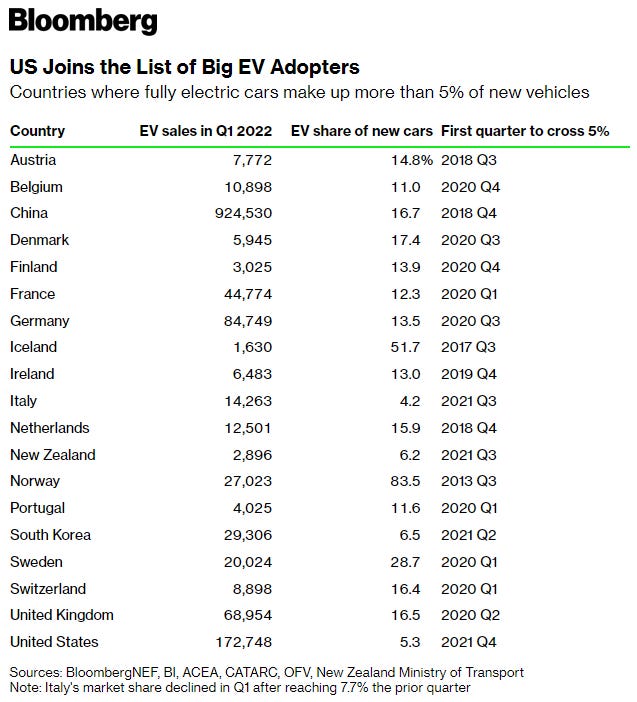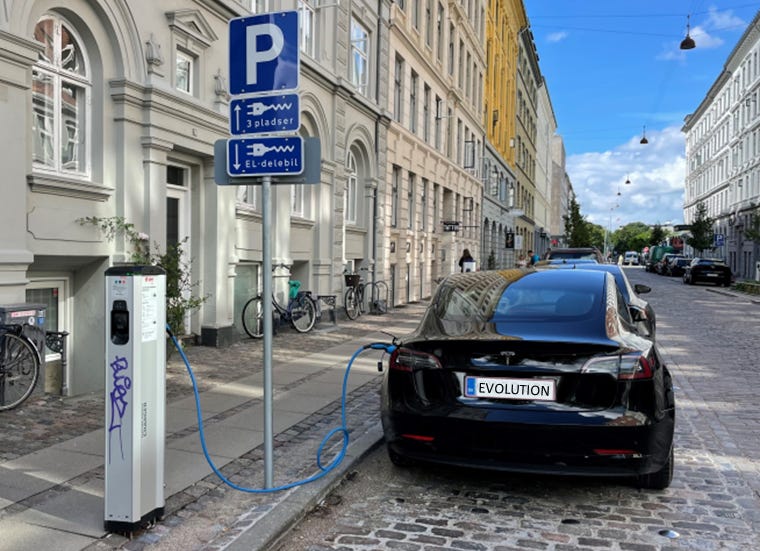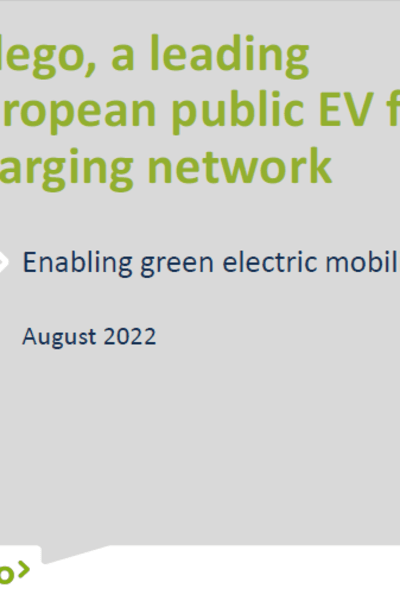I’m back at it with another video “episode” with footage shot and edited on my phone. I’ve also learned how to include some overlay graphics! However, for folks who prefer to read a post, a full transcript is included below.
Video transcript:
But first, a message from our sponsors… Ah, we still don’t have any sponsors. Which is a shame, because advertising on The EVolution is a lot cheaper than putting your name on a football stadium. Right, Heinz? “Your kids need fruit. Tomato’s a fruit. Heinz! Now in organic.”
* * *
Bonjour mes amis. Ich heiße Jay Nargundkar. Welcome to The EVolution. If you haven’t guessed by now, the topic today is Europe! I just returned from a trip across the pond, and so like any American who’s spent even the slightest bit of time on the continent, I now have to tell you all about how things are different there.
Up front, let’s acknowledge that transportation dynamics between the US and Europe aren’t perfectly comparable. Reasons why the EU has embraced EVs more readily include geographic size, population density, fuel prices, cultural preferences, and taking climate change a lot more seriously than Sen. Manchin does… Still, by understanding Europe’s progress I think we can learn a lot about how electrification is going to play out here.
This year, for the first time the US has reached a 5% share of new cars being sold that are fully electric. Many European countries reached that tipping point a while ago, then blasted off. In absolute terms, the EU’s leaders are Germany, the UK, and France. But it’s some of the smaller markets that are setting a blistering pace for EV adoption. In particular, despite being a major oil and gas exporter, Norway has not been “Oslo” to change. Over 80% of vehicles sold there are electric!
So what electric cars are Europeans driving? Much like here, it’s still Tesla on top. But there are also models not available stateside, like the Volkswagen ID.3 and e-Up!, the Renault Zoe, and the Fiat 500. Also, to a far greater degree than the US or China, Europe previously embraced hybrids as an interim step. Until last week, I’d never seen a Ford Kuga before.
Then there’s charging infrastructure. In the US we have networks like Tesla, Chargepoint, EVgo, Electrify America, Blink, and my employer, Volta. Europe has a hodgepodge, too, but the Tesla Supercharger network is dominant. Allego appears to be the biggest public player, and Ionity is prominent because it’s backed by five auto manufacturers. Several small but fast-growing regional players exist, like Fastned, Power Dot, and Ignitis. It reminds me of how we’re seeing nascent challengers in the US aiming to provide thorough coverage at the state level, like Francis Energy is doing in Oklahoma.
Finally, Europe is doing a lot to reduce the number of cars needed, period. This is obviously crucial for the climate and for public health. The common perception of their mass transit being better is mostly true, but for me, it was a new revelation how easy it is to get around Copenhagen on shared e-bikes and protected bike lanes, or across Riga and Vilnius on shared scooters, or on rare occasions, green rideshare vehicles that were competitively priced.
While the political situation in the US doesn’t make our own EVolution easy, I’m heartened by seeing that Americans are steadily embracing EVs. At 5% adoption today, I think we’re on the cusp of much more rapid adoption to come. And that’s progress…! Until next time, I’m Jay Nargundkar, thanks for watching.








The EVolution #21: Getting to know EU